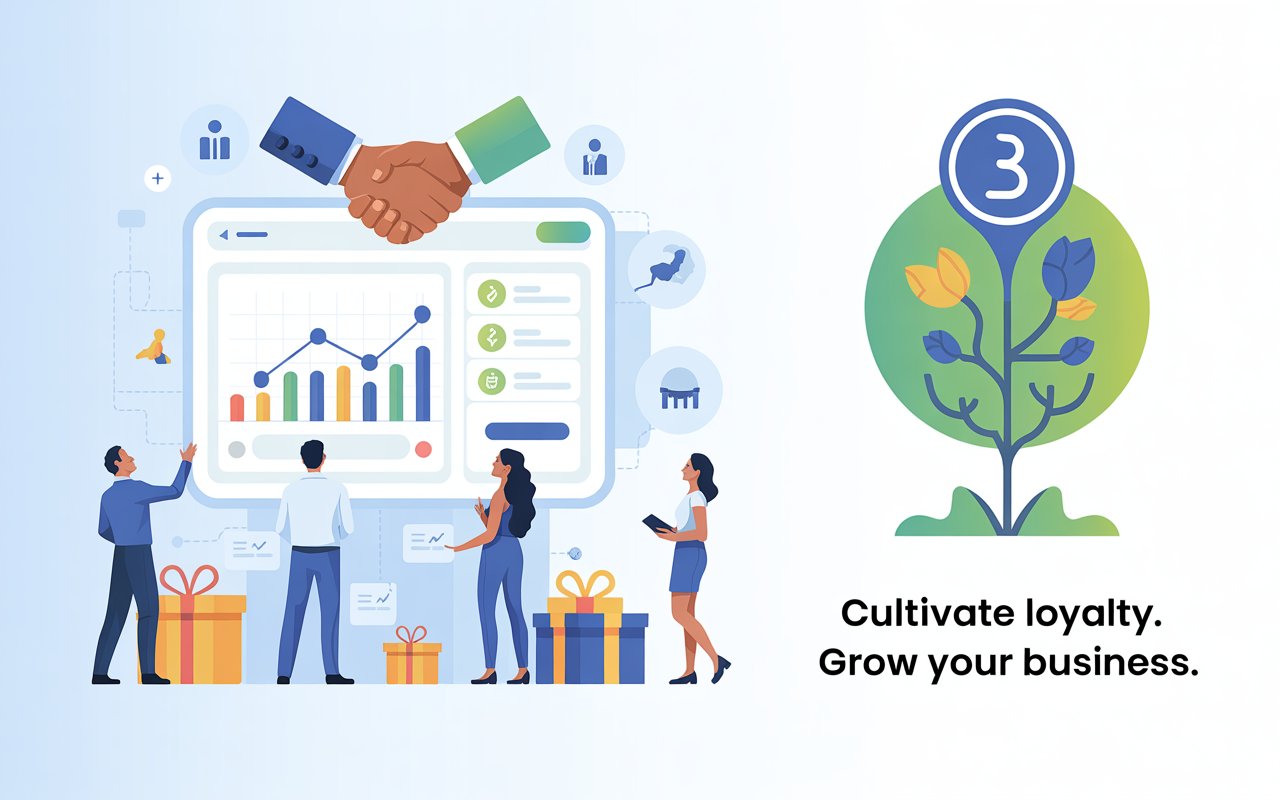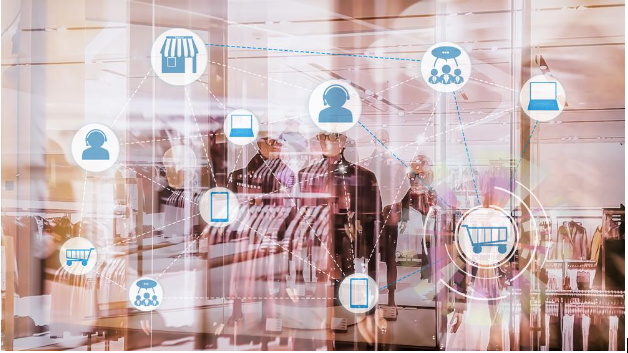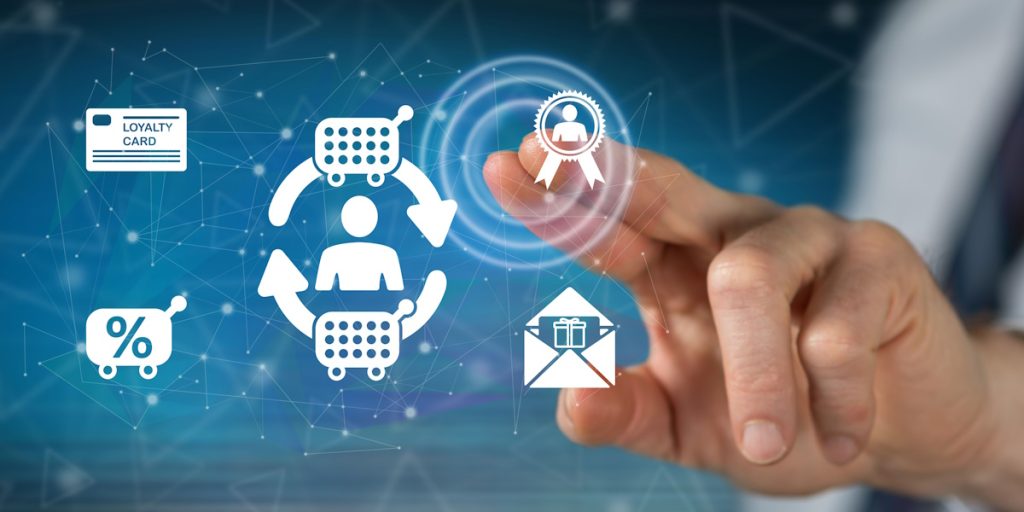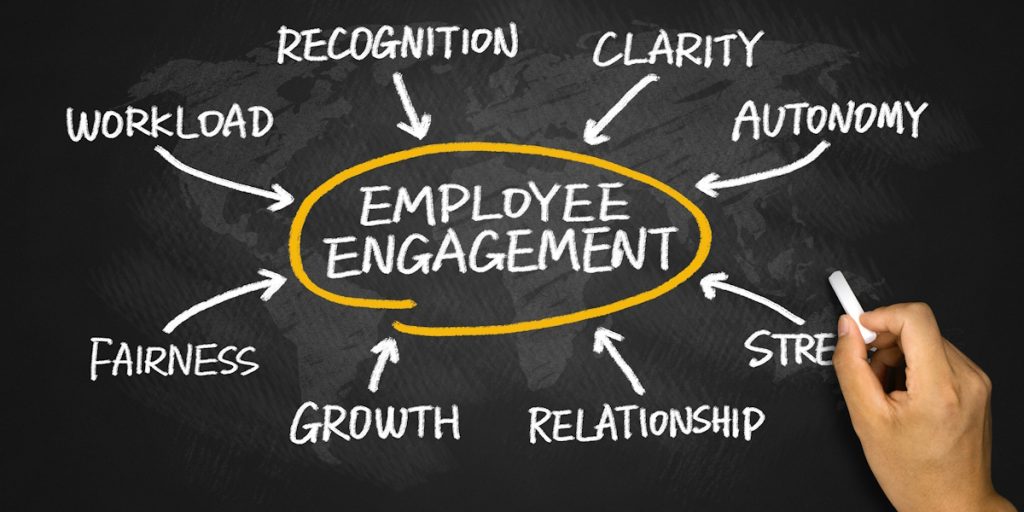Building strong relationships with your business clients is more than offering discounts or incentives. A loyalty program that feels personal can turn a one-time client into a long-term partner. By understanding their needs, preferences, and behaviors, businesses can create experiences that resonate deeply. This approach goes beyond transactions—it strengthens trust, loyalty, and collaboration. Personalized B2B loyalty programs give your clients a reason to stay connected and engaged with your brand. When done right, they not only improve retention but also enhance your brand’s reputation as a partner who genuinely cares about its clients’ success. For businesses looking to grow sustainably, a carefully designed loyalty program can become a key differentiator in a crowded market.
Understanding the Importance of Personalized B2B Loyalty Programs
A personalized B2B loyalty program focuses on recognizing the unique needs of each client. Unlike generic reward systems, it emphasizes targeted incentives, tailored communication, and thoughtful engagement strategies. Personalized approaches show clients that their partnership matters, which can significantly improve B2B customer retention.
Client behavior analysis is crucial. Tracking purchase patterns, engagement levels, and feedback helps businesses create offers that truly resonate. For example, providing rewards aligned with a client’s business goals makes the loyalty program feel relevant and impactful. Personalized recognition, whether through milestone celebrations or custom rewards, makes clients feel valued and understood.
Key Steps to Design a Loyalty Program That Feels Personal
Identify Your Client Segments
Start by understanding your client base. Segmenting clients based on industry, purchase frequency, or partnership level allows you to tailor incentives more effectively. Each segment may have different motivations, so aligning rewards with their needs increases engagement.
Set Clear Goals for Your Program
Decide what your loyalty program aims to achieve. Whether it’s strengthening B2B relationship building or boosting repeat orders, clearly defined goals guide your strategy and measurement efforts.
Offer Meaningful Rewards
Rewards should be valuable to your clients. Instead of generic discounts, consider options like priority access to products, exclusive insights, or customized solutions. Meaningful rewards demonstrate that you understand your clients’ business challenges and are committed to their success.
Enhancing Engagement Through Communication
Communication plays a key role in making a loyalty program feel personal. Regular, personalized touchpoints—such as updates about program benefits, tailored recommendations, or milestone acknowledgments—keep clients engaged. Using tools like email campaigns, account managers, or client portals ensures your messaging is consistent and relevant.
Make it Easy and Transparent
Clients appreciate simplicity. Clear rules, straightforward reward structures, and easy redemption processes reduce friction and enhance satisfaction. The easier it is to participate, the more likely clients are to engage consistently with your program.
Encourage Feedback
Collecting client feedback not only improves your program but also reinforces that their opinions matter. Surveys, one-on-one check-ins, or online forms can provide insights into what clients value most, allowing continuous improvement and personalization.
Measuring Success of Your Personalized B2B Loyalty Program
Tracking performance is essential to understand the effectiveness of your loyalty program. Key metrics may include repeat purchase rates, client engagement levels, referral activity, and overall satisfaction. By monitoring these indicators, businesses can fine-tune their strategies, ensuring that the program continues to meet client expectations.
Regular evaluation ensures that your personalized B2B loyalty program remains aligned with client needs and market trends. Adjusting rewards, communication, or engagement tactics based on real data keeps the program relevant and effective.
Final Thoughts
A personalized B2B loyalty program is more than a reward system—it’s a relationship-building tool. By focusing on client needs, offering meaningful rewards, and maintaining open communication, businesses can create programs that feel personal and drive lasting loyalty.
Investing in personalization strengthens connections, improves B2B customer retention, and builds long-term partnerships that go beyond transactions. Designing a thoughtful program today lays the foundation for stronger business relationships tomorrow.
Are You Struggling To Retain Your Most Valuable Clients?




